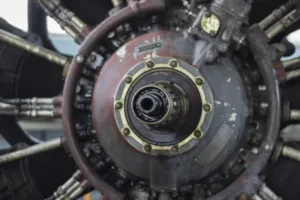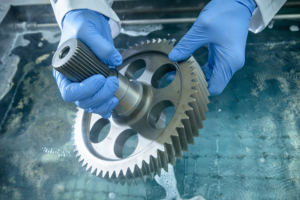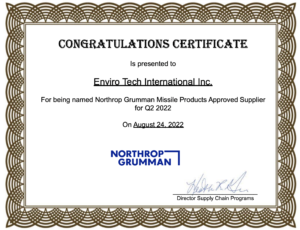
Why is vapor degreasing important to the aerospace industry?
Vapor degreasing is a critical cleaning process in the aerospace industry, as it is used to remove contaminants such as oils, greases, and other soils from aircraft and aerospace components. These contaminants can interfere with the performance and safety of these components, so it is important to remove them through a thorough and effective cleaning process.




